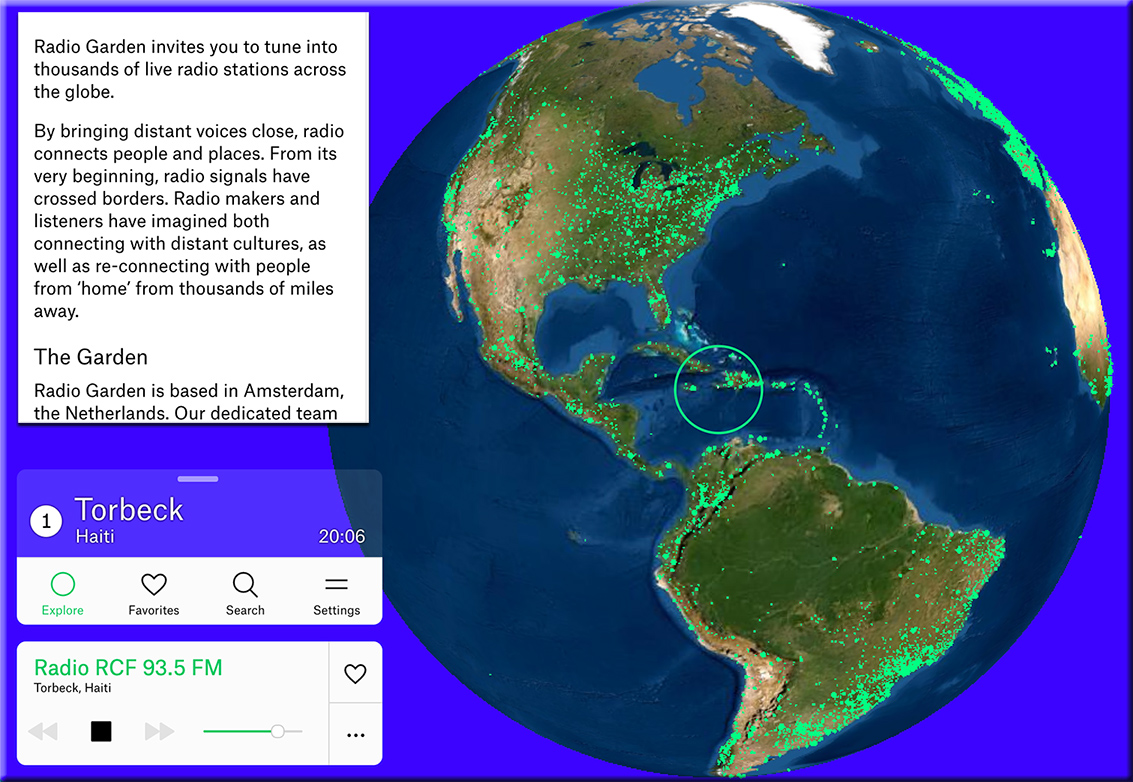Last updated on 12/17/2024
A powerful, global, Artificial Intelligence (AI)-based, next-generation, lifelong learning platform -- meant to help people reinvent themselves quickly, safely, cost-effectively, conveniently, and consistently. And speaking of people, this new platform will require -- and will rely upon -- human beings to create it as well as to drive its effectiveness.


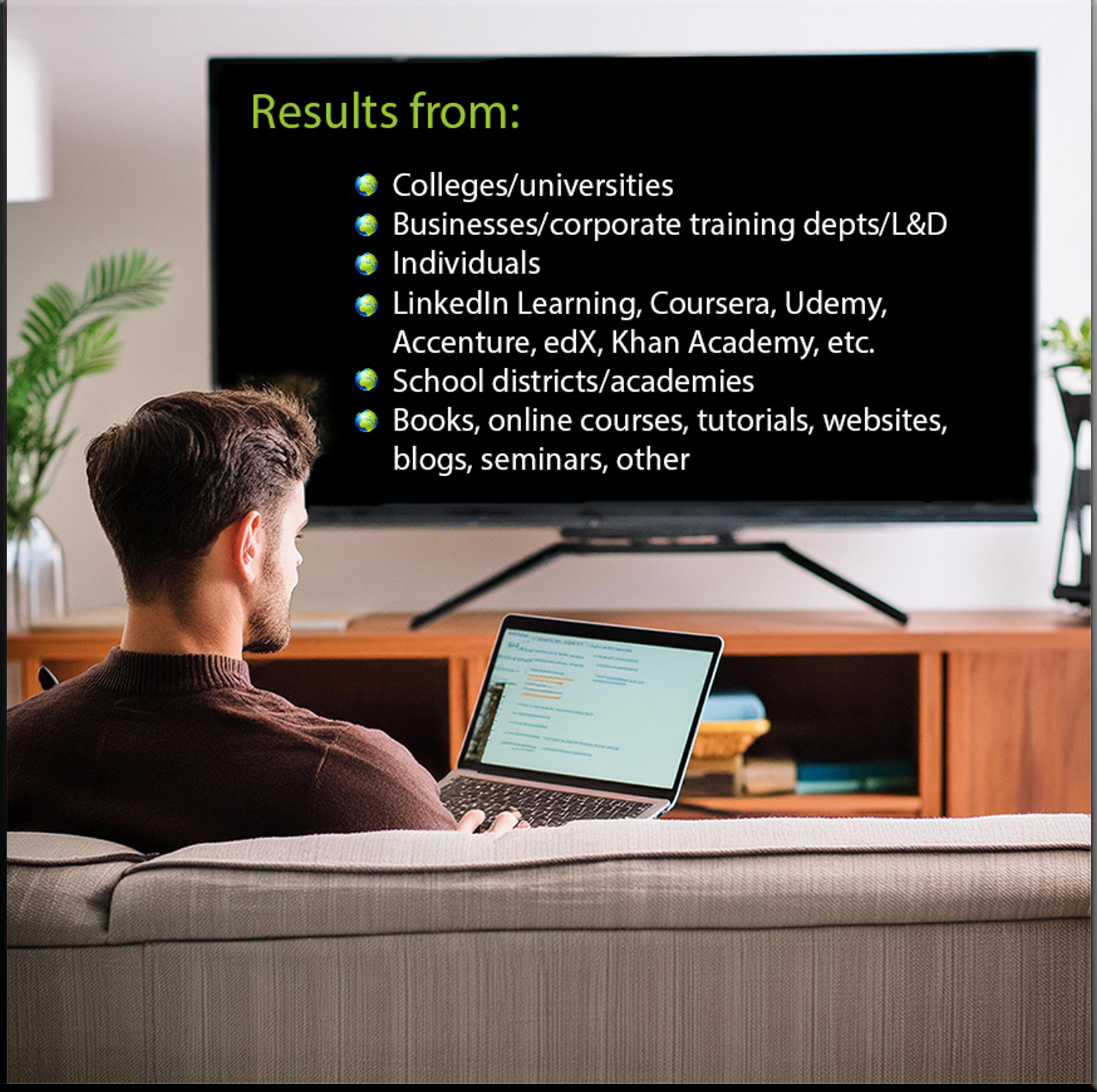

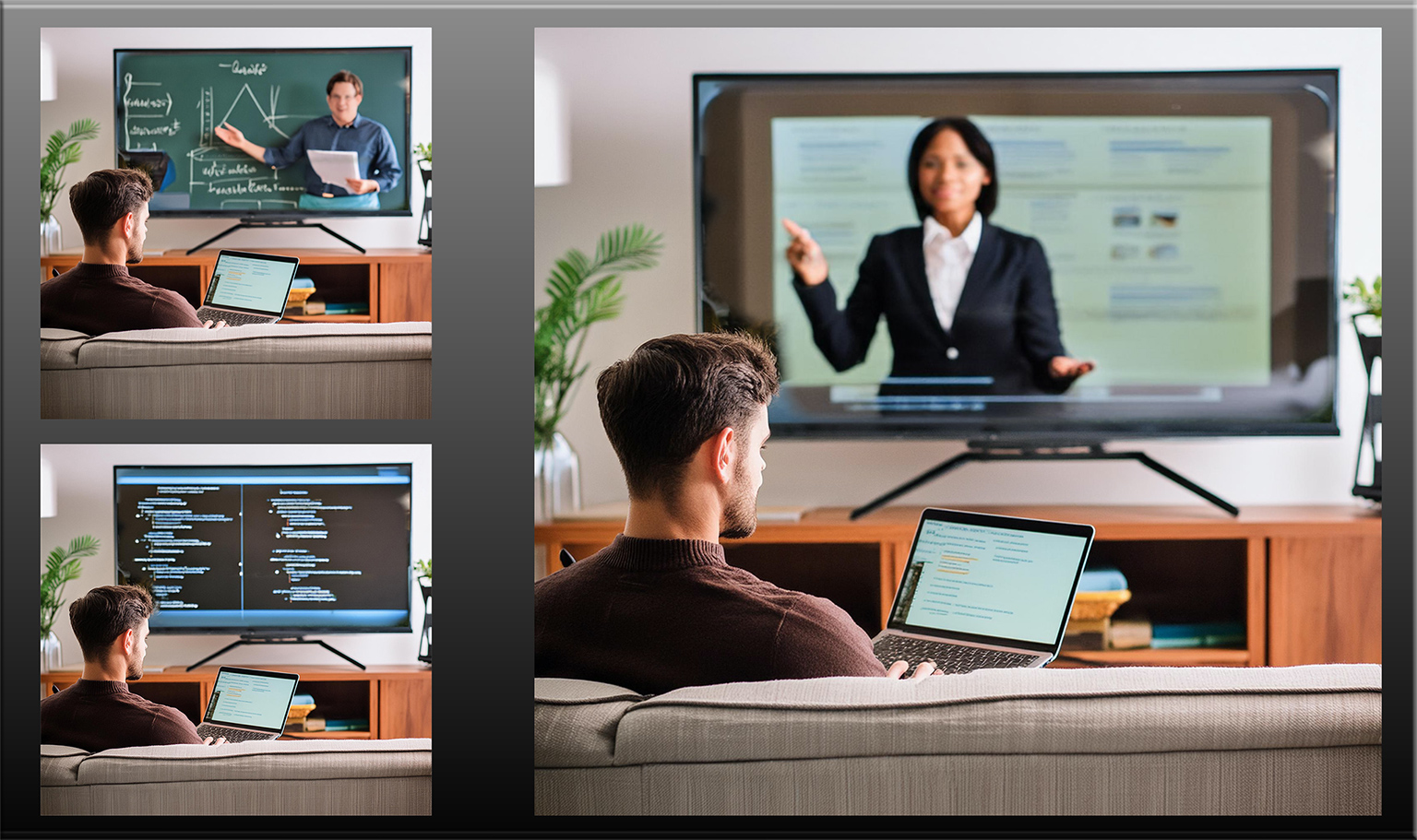
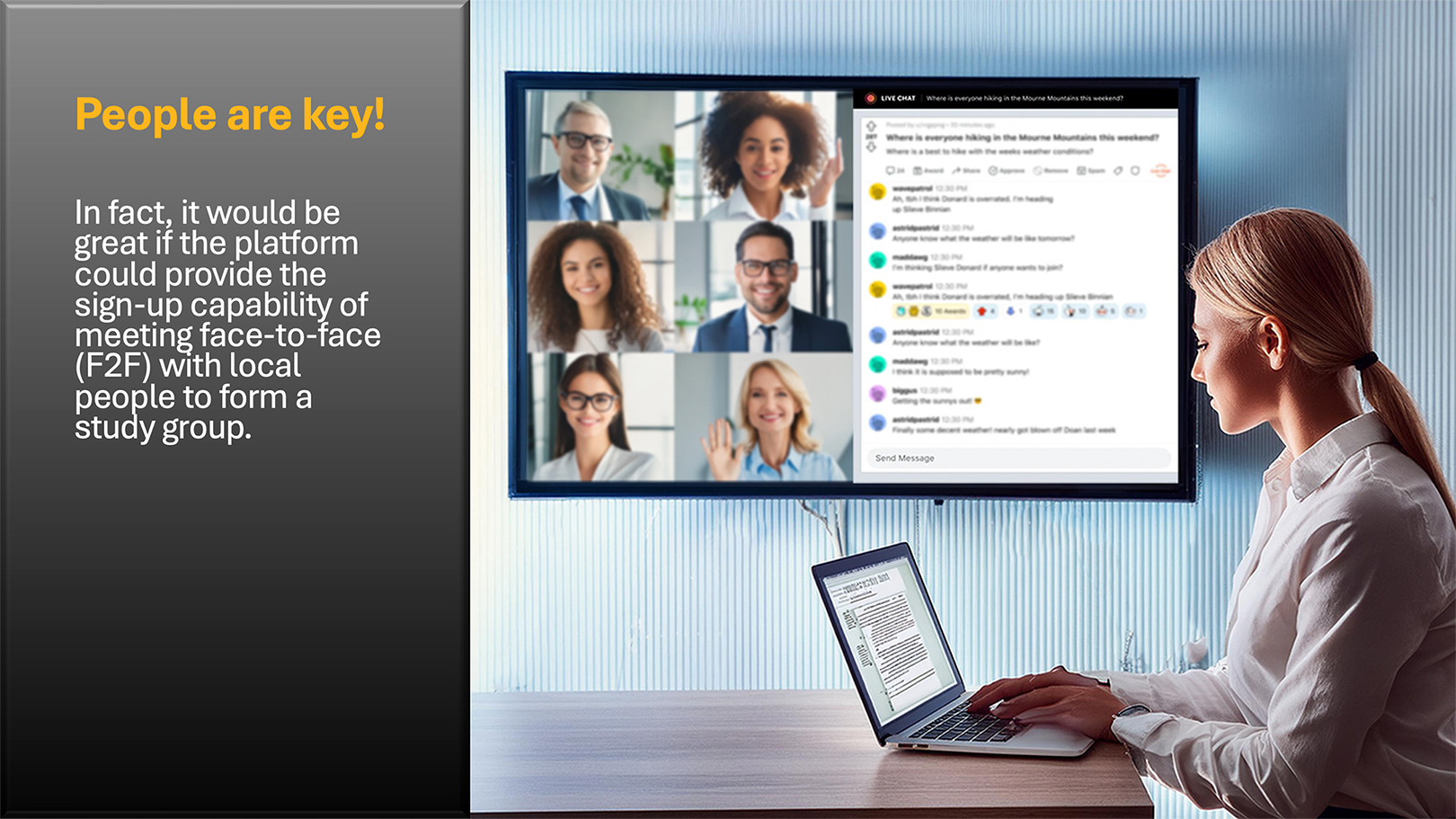
In the future, the lifelong ownership of the learning-related records and credentials will belong to the individual learners themselves. They will be the ones who control who else can access these records.
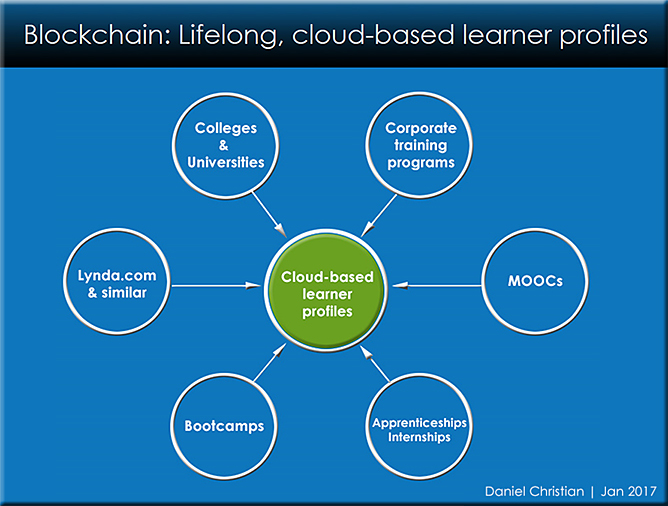
Some recent items/quotes/ideas to consider:
60 Minutes Overtime
Sal Khan wants an AI tutor for every student: here’s how it’s working at an Indiana high school — from cbsnews.com by Anderson Cooper, Aliza Chasan, Denise Schrier Cetta, and Katie Brennan
“I mean, that’s what I’ll always want for my own children and, frankly, for anyone’s children,” Khan said. “And the hope here is that we can use artificial intelligence and other technologies to amplify what a teacher can do so they can spend more time standing next to a student, figuring them out, having a person-to-person connection.”
…
“After a week you start to realize, like, how you can use it,” Brockman said. “That’s been one of the really important things about working with Sal and his team, to really figure out what’s the right way to sort of bring this to parents and to teachers and to classrooms and to do that in a way…so that the students really learn and aren’t just, you know, asking for the answers and that the parents can have oversight and the teachers can be involved in that process.”
How A.I. Can Revive a Love of Learning — from nytimes.com by Anant Agarwal
Modern technology offers new possibilities for transforming teaching.
In the short term, A.I. will help teachers create lesson plans, find illustrative examples and generate quizzes tailored to each student. Customized problem sets will serve as tools to combat cheating while A.I. provides instant feedback.
…
In the longer term, it’s possible to imagine a world where A.I. can ingest rich learner data and create personalized learning paths for students, all within a curriculum established by the teacher. Teachers can continue to be deeply involved in fostering student discussions, guiding group projects and engaging their students, while A.I. handles grading and uses the Socratic method to help students discover answers on their own. Teachers provide encouragement and one-on-one support when needed, using their newfound availability to give students some extra care.That’s the future we’re stepping into. In fact, we’ve already seen glimpses of it. On edX, an A.I.-powered learning assistant is embedded in a global online learning platform, providing individualized 24/7 academic support to students, from lecture summaries to quizzes. Khan Academy has partnered with Microsoft to launch Khanmigo for Teachers, an A.I. tool that helps prepare lessons for class, analyze student performance and recommend assignments. Other A.I.-driven adaptive learning systems can adjust the difficulty of problem sets based on student performance and flag gaps in understanding before a teacher even notices them.
...
I’ve been an M.I.T. professor for 36 years, and during that time, one constant has been the sheer amount of manual work that detracts from teaching and engaging with students. I’ve spent untold hours grading, reviewing assignments and preparing materials, which while useful, are not the parts of teaching that speak to and inspire students. These tasks can be automated. For centuries, we’ve relied on large lecture halls and rigid curricula, assuming that all students learn the same way. A.I. offers a pathway out of the box, giving us the chance to create classrooms where learning is personalized and dynamic.
Nectir lets teachers tailor AI chatbots to provide their students with 24/7 educational support — from techcrunch.com by Lauren Forristal
More than 100 colleges and high schools are turning to a new AI tool called Nectir, allowing teachers to create a personalized learning partner that’s trained on their syllabi, textbooks, and assignments to help students with anything from questions related to their coursework to essay writing assistance and even future career guidance.
…
With Nectir, teachers can create an AI assistant tailored to their specific needs, whether for a single class, a department, or the entire campus. There are various personalization options available, enabling teachers to establish clear boundaries for the AI’s interactions, such as programming the assistant to assist only with certain subjects or responding in a way that aligns with their teaching style.“It’ll really be that customized learning partner. Every single conversation that a student has with any of their assistants will then be fed into that student profile for them to be able to see based on what the AI thinks, what should I be doing next, not only in my educational journey, but in my career journey,” Ghai said.
China leads world in massive open online courses: Ministry of Education — from globaltimes.cn by Chen Xi; via GSV
China has established the world’s largest online education system, according to a document sent by the Ministry of Education to the Global Times on Wednesday.
As of now, the country has developed over 30 various online course platforms, with more than 97,000 massive open online courses (MOOCs) made available, 483 million registered users, and 1.39 billion learning instances. Additionally, 440 million instances of students obtaining course credits have been recorded, making China’s number of MOOCs and learners the highest in the world, according to the document.
Furthermore, a national smart education platform – the Smart Education of China in Higher Education – has launched 31,000 high-quality online courses, with 78,000 teachers participating in teaching and over 16.82 million users visiting, with more than 93 million visits, covering 183 countries and regions worldwide.
Many of these courses have garnered high praise among global students.
These items provide evidence of the various
pieces that are coming together >>
What does the vision entail?
- A new, global, collaborative learning platform that offers more choice, more control to learners of all ages – 24x7 – and could become the organization that futurist Thomas Frey discusses here with Business Insider:
- A learner-centered platform that is enabled by – and reliant upon – human beings but is backed up by a powerful suite of technologies that work together in order to help people reinvent themselves quickly, conveniently, and extremely cost-effectively
- A customizable learning environment that will offer up-to-date streams of regularly curated content (i.e., microlearning) as well as engaging learning experiences
- Along these lines, a lifelong learner can opt to receive an RSS feed on a particular topic until they master that concept; periodic quizzes (i.e., spaced repetition) determine that mastery. Once mastered, the system will ask the learner as to whether they still want to receive that particular stream of content or not.
- A Netflix-like interface to peruse and select plugins to extend the functionality of the core product
- An AI-backed system of analyzing employment trends and opportunities will highlight those courses and “streams of content” that will help someone obtain the most in-demand skills
- A system that tracks learning and, via Blockchain-based technologies, feeds all completed learning modules/courses into learners’ web-based learner profiles
- A learning platform that provides customized, personalized recommendation lists – based upon the learner’s goals
- A platform that delivers customized, personalized learning within a self-directed course (meant for those content creators who want to deliver more sophisticated courses/modules while moving people through the relevant Zones of Proximal Development)
- Notifications and/or inspirational quotes will be available upon request to help provide motivation, encouragement, and accountability – helping learners establish habits of continual, lifelong-based learning
- An online-based marketplace, matching learners with resources
"I've been predicting that by 2030 the largest company on the internet is going to be an education-based company that we haven't heard of yet," Frey, the senior futurist at the DaVinci Institute think tank, tells Business Insider.
Ideally, the learner is using two displays simultaneously:
While basic courses will be accessible via mobile devices, the optimal learning experience will leverage two or more displays/devices. So while smaller smartphones, laptops, and/or desktop workstations will be used to communicate synchronously or asynchronously with other learners, the larger displays will deliver an excellent learning environment for times when there is:
- A Subject Matter Expert (SME) giving a talk or making a presentation on any given topic
- A need to display multiple things going on at once, such as:
- The SME(s)
- An application or multiple applications that the SME(s) are using
- Content/resources that learners are submitting in real-time (think Bluescape, T1V, Prysm, other)
- The ability to annotate on top of the application(s) and point to things w/in the app(s)
- Media being used to support the presentation such as pictures, graphics, graphs, videos, simulations, animations, audio, links to other resources, GPS coordinates for an app such as Google Earth, other
- Other attendees (think Google Hangouts, Skype, Polycom, or other videoconferencing tools)
- An (optional) representation of the Personal Assistant (such as today’s Alexa, Siri, Google Assistant, etc.) that’s being employed via the use of Artificial Intelligence (AI)
This new learning platform will also feature:
- Voice-based commands to drive the system (via Natural Language Processing (NLP))
- Language translation (using techs similar to what’s being used in Translate One2One, an earpiece powered by IBM Watson)
- Speech-to-text capabilities to provide real-time closed captioning and transcriptions -- as well as for use w/ chatbots, messaging, inserting discussion board postings
- Text-to-speech capabilities as an assistive technology and also for everyone to be able to be mobile while listening to what’s been typed
- Chatbots
- For learning how to use the system
- For asking questions of – and addressing any issues with – the organization owning the system (credentials, payments, obtaining technical support, etc.)
- For asking questions within a course to obtain information -- such as asking questions of a historical figure
- As many profiles as needed per household
- Similar to asking questions of a chatbot, we will be able to use holographic storytelling where learners can ask questions of a hologram (examples here and here)
- The ability to use the learner's webcam to take pictures of equations in order to get instant feedback and/or links to other resources
- Polling
- (Optional) Machine-to-machine-based communications to automatically launch the correct profile when the system is initiated (from one’s smartphone, laptop, workstation, and/or tablet to a receiver for the system)
- (Optional) Voice recognition to efficiently launch the desired profile
- (Optional) Facial recognition to efficiently launch the desired profile
- (Optional) Upon system launch, to immediately return to where the learner previously left off
- The capability of the webcam to recognize objects and bring up relevant resources for that object
- A built in RSS feed aggregator – or a similar technology – to enable learners to tap into the relevant “streams of content” that are constantly flowing by them
- Social media dashboards/portals – providing quick access to multiple sources of content and whereby learners can contribute their own “streams of content”
- A twist on the flipped classroom approach, whereby students can check out videos of equations, problems, etc. and put in their "markers" with accompanying comments throughout the videos, alerting the SMEs where they have questions, comments, and/or issues
In the future, new forms of Human Computer Interaction (HCI) such as Augmented Reality (AR), Virtual Reality (VR), and Mixed Reality (MR) will be integrated into this new learning environment – providing entirely new means of collaborating with one another.
Consider the items below:
In the future, we won't just be able to find movies or shows, but rather, we will also be
able to quickly locate up-to-date, relevant learning-related content and participate in highly-practical, learning-related experiences.
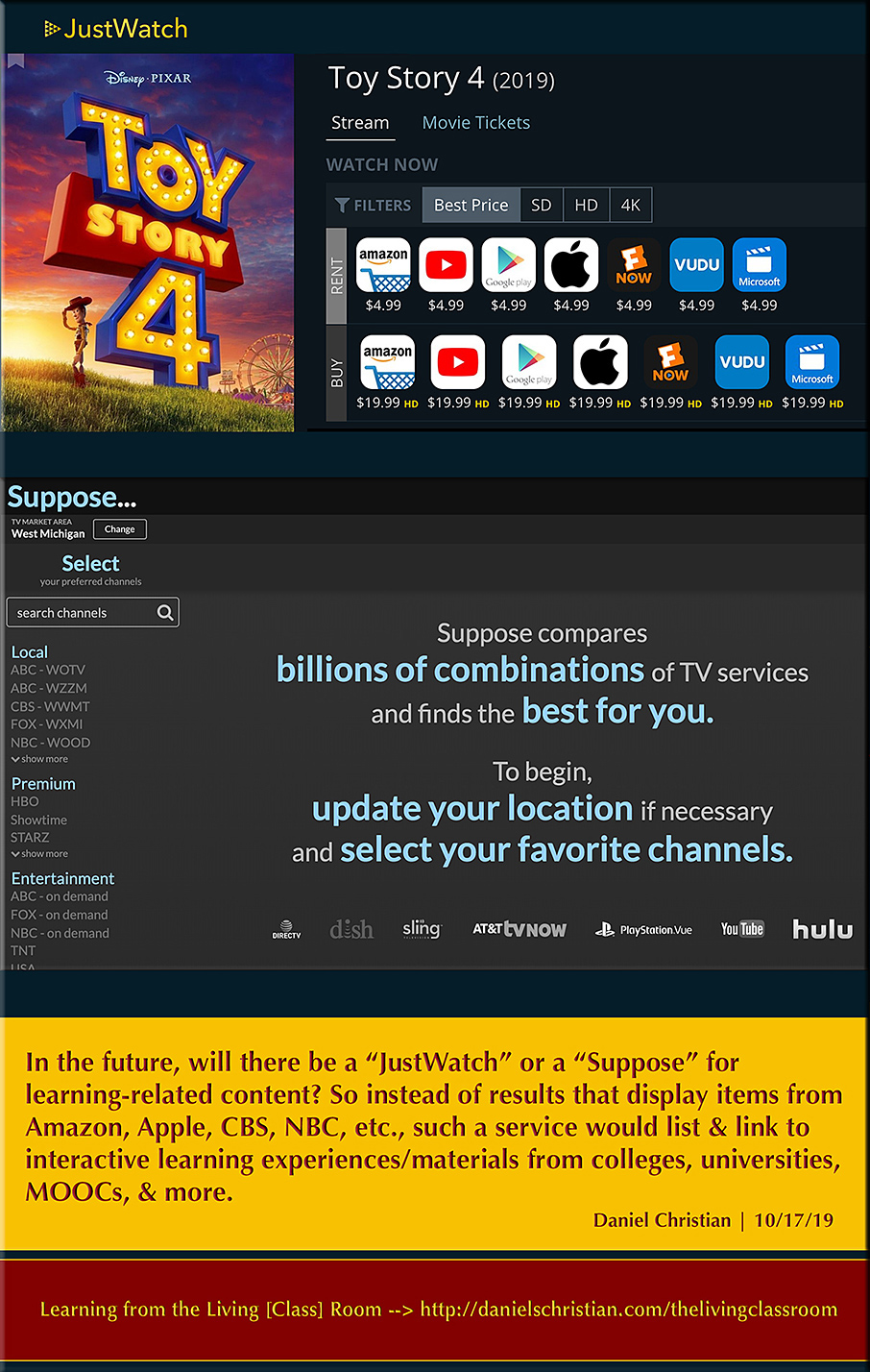
And check out what they are doing now with radio stations! So...what can be done with learning-related streams of content?!
Consider the type of service/value being offered in the graphic below...and that such a service will be constantly available on a next-gen learning platform. That is, the system will:
- Scan open job descriptions
- Present a constantly-updated list of the top/"hottest" skills and occupations
- Offer the relevant courses, modules, webinars, local learning hubs, discussion forums, etc. that will teach you the necessary skills to land those jobs (similar to what is shown in the above grapic involving justwatch.com or suppose.tv and what those vendors are providing for the entertainment industry).

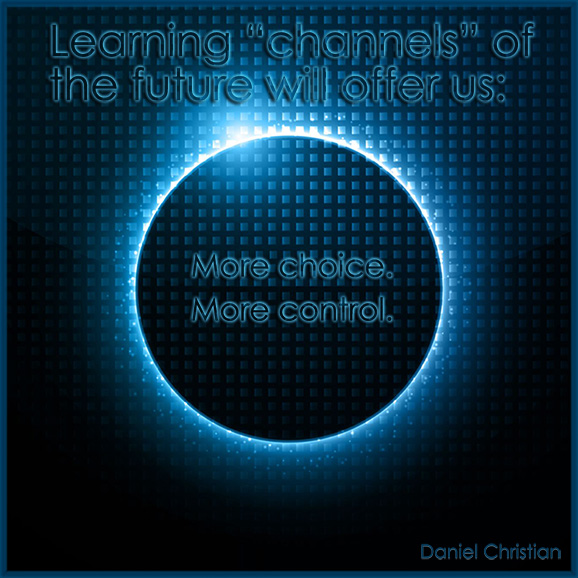
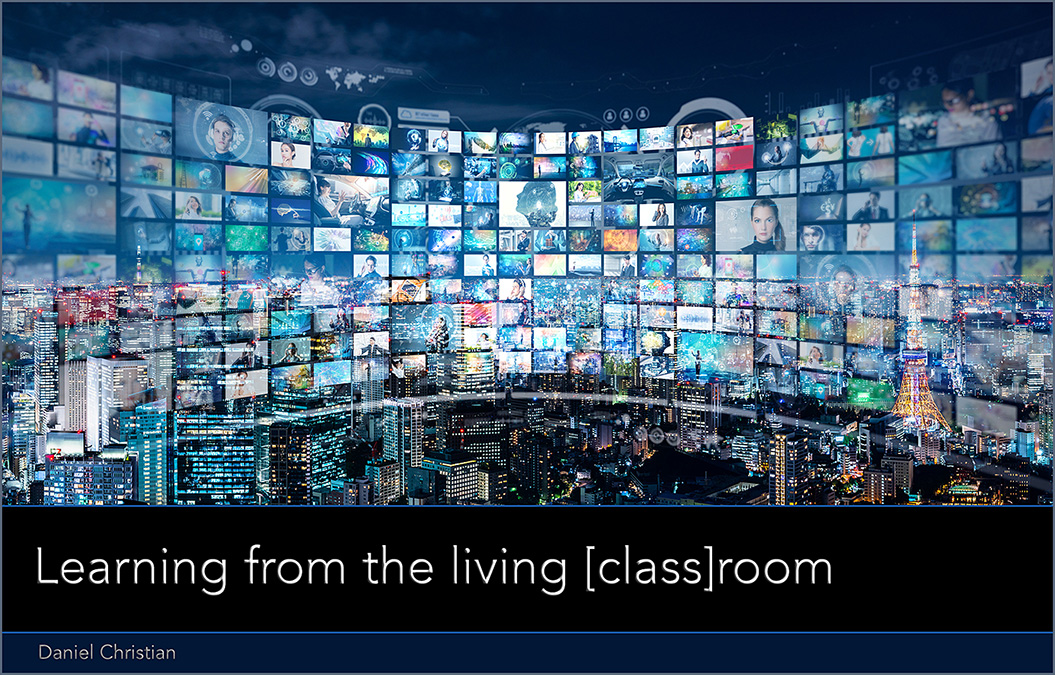
© 2024 | Daniel Christian
However, this vision/idea goes back much further than the date listed on the
graphic below -- and the pieces continue to come together!
![Learning from The Living [Class] Room](images/The-Living-Class-Room-Daniel-S-Christian-July-2012.jpg)

